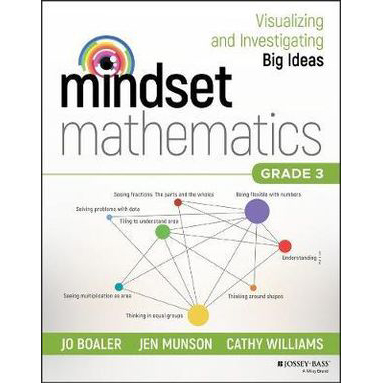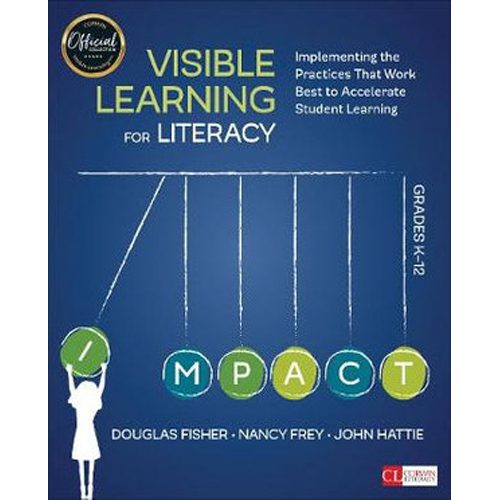Key words: high expectation teacher
Christine Rubie-Davies
Becoming a High Expectation Teacher: Raising the Bar
$80.00 inc. GST
Description
We constantly hear cries from politicians for teachers to have high expectations. But what this means in practical terms is never spelled out. Simply deciding that as a teacher you will expect all your students to achieve more than other classes you have taught in the same school, is not going to translate automatically into enhanced achievement for students. Becoming a High Expectation Teacher is a book that every education student, training or practising teacher, should read.It details the beliefs and practices of high expectation teachers – teachers who have high expectations for all their students – and provides practical examples for teachers of how to change classrooms into ones in which all students are expected to learn at much higher levels than teachers may previously have thought possible. It shows how student achievement can be raised by providing both research evidence and practical examples. This book is based on the first ever intervention study in the teacher expectation area, designed to change teachers’ expectations through introducing them to the beliefs and practices of high expectation teachers. A holistic view of the classroom is emphasised whereby both the instructional and socio-emotional aspects of the classroom are considered if teachers are to increase student achievement. There is a focus on high expectation teachers, those who have high expectations for all students, and a close examination of what it is that these teachers do in their classrooms that mean that their students make very large learning gains each year. Becoming a High Expectation Teacher explores three key areas in which what high expectation teachers do differs substantially from what other teachers do: the way they group students for learning, the way they create a caring classroom community, and the way in which they use goal-setting to motivate students, to promote student autonomy and to promote mastery learning.





